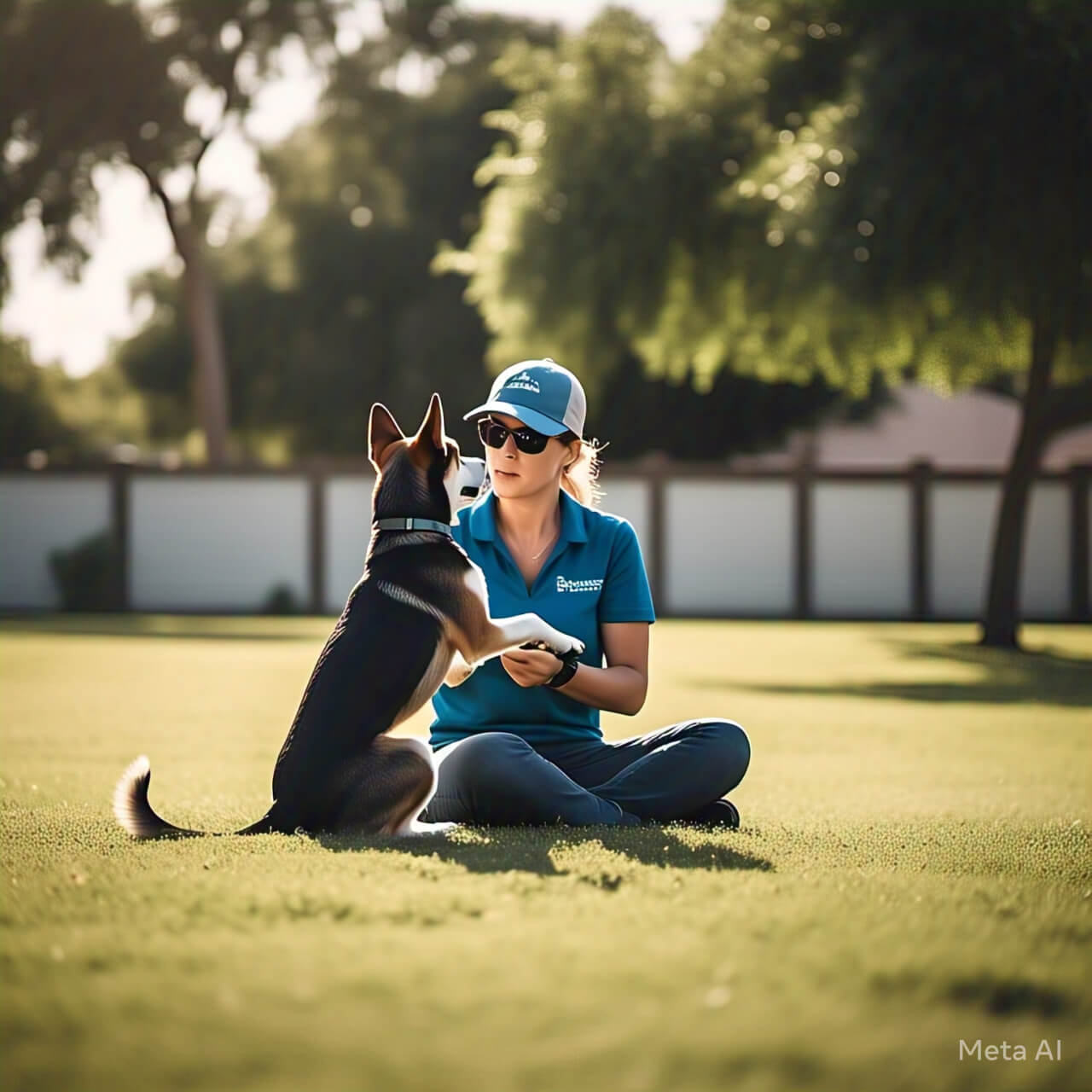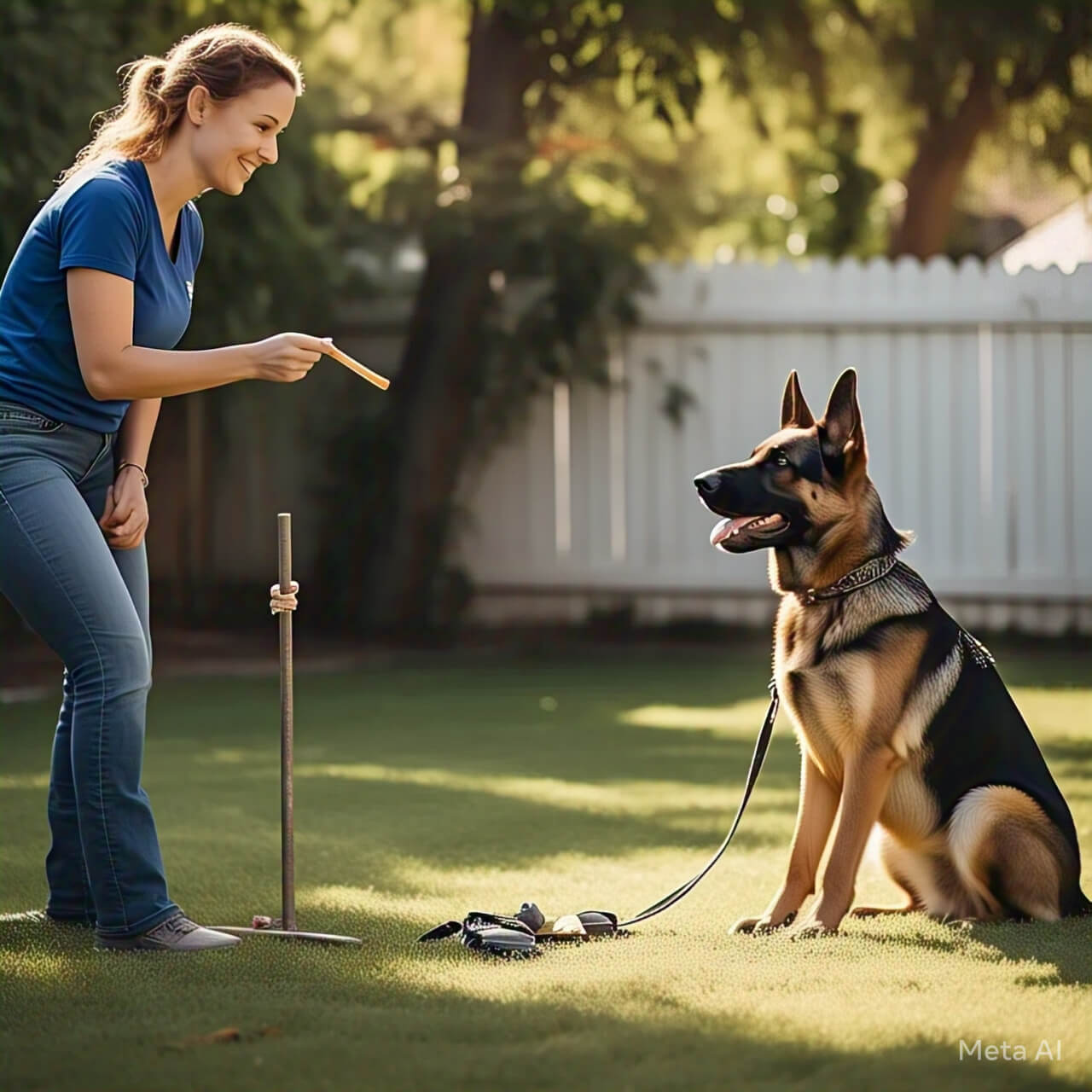Training your dog to sit is one of the most basic and essential commands you can teach. It’s not only useful for good behavior but also helps build a strong bond between you and your furry friend. The key to success is patience, consistency, and positive reinforcement. Start by choosing a quiet place with no distractions. Use treats or toys that your dog loves to motivate them.
Hold the treat close to their nose, then slowly move it upward. As their head follows the treat, their bottom will naturally lower to the ground. As soon as they sit, say “Sit” clearly and reward them immediately. Repeat this process several times a day in short sessions. Over time, your dog will associate the word “Sit” with the action and the reward. Remember, every dog learns at their own pace, so don’t get frustrated if they don’t get it right away. With practice and praise, your dog will master this command in no time.

10 Tips to Train Your Dog to Sit
- Use tasty treats for motivation.
- Keep training sessions short.
- Practice in a quiet place.
- Be patient and consistent.
- Reward immediately after sitting.
- Use a clear and firm voice.
- Repeat the command daily.
- Avoid punishing your dog.
- Gradually reduce treat rewards.
- Praise your dog enthusiastically.
1. Why Teaching “Sit” is Important
Teaching your dog to sit is more than just a trick; it’s a foundation for good behavior. It helps control your dog in various situations, like when guests arrive or during walks. It also keeps them safe, such as preventing them from running into traffic. A dog that knows how to sit is easier to manage and more enjoyable to be around.
2. Choosing the Right Treats
Dogs are motivated by food, so pick treats they love. Use small, soft treats that they can eat quickly. This keeps the training smooth and prevents distractions. Avoid treats that are too big or hard, as they take longer to eat and can slow down the process.
3. Finding a Quiet Training Spot
A calm environment helps your dog focus. Choose a place with no noise, other pets, or distractions. This could be your living room, backyard, or any quiet area. A focused dog learns faster and responds better to commands.
4. Using Hand Signals
Dogs respond well to visual cues. Pair the verbal command “Sit” with a hand signal, like raising your hand palm-up. Over time, your dog will associate the gesture with the action, making it easier to communicate.
5. Timing the Reward
Reward your dog the moment they sit. This helps them connect the action with the treat. Delayed rewards can confuse them, making it harder for them to understand what they’re being rewarded for.
6. Keeping Sessions Short
Dogs have short attention spans. Limit training to 5-10 minutes per session. Multiple short sessions throughout the day are more effective than one long session. This keeps your dog engaged and prevents boredom.
7. Being Consistent with Commands
Use the same word and tone every time you give the command. Consistency helps your dog understand what you want. Avoid using different words like “Sit down” or “Take a seat,” as this can confuse them.
8. Avoiding Punishment
Never scold or punish your dog if they don’t sit. This creates fear and slows learning. Instead, stay calm and try again. Positive reinforcement works better than negative reactions.
9. Phasing Out Treats
Once your dog masters the command, gradually reduce the treats. Replace them with verbal praise or petting. This ensures your dog obeys even without food rewards.
10. Practicing in Different Locations
Practice the “Sit” command in various places, like parks or streets. This helps your dog generalize the command and obey it anywhere, not just at home.

FAQs
| Question | Answer |
|---|---|
| How long does it take to train a dog to sit? | It depends on the dog, but most learn within a few days to a week. |
| Can older dogs learn to sit? | Yes, older dogs can learn new commands with patience and consistency. |
| What if my dog doesn’t respond to treats? | Try using toys or verbal praise as motivation instead. |
| Should I use a clicker for training? | A clicker can help mark the exact moment your dog sits, making training easier. |
| How many times a day should I practice? | Practice 2-3 times a day in short sessions for the best results. |
This guide provides everything you need to train your dog to sit effectively. With patience and consistency, your dog will soon master this essential command.


